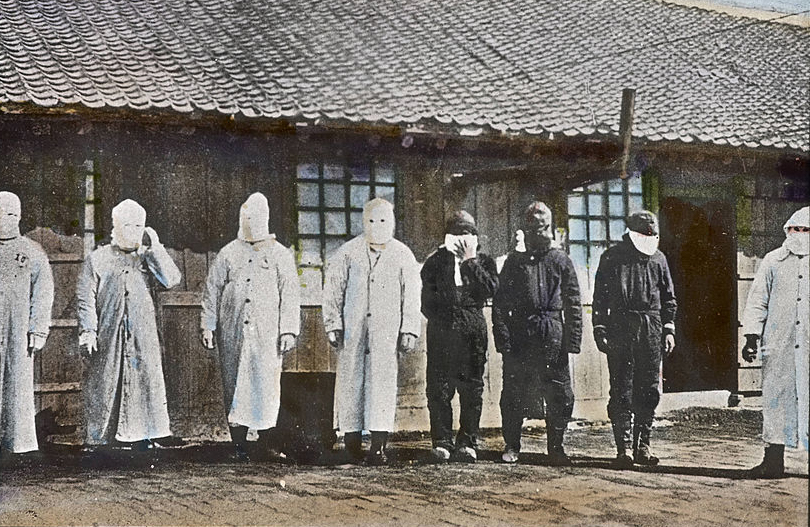Genetic error led humans to evolve bigger, but more vulnerable, brains
Newly-discovered genes that helped supersize human brains along with DNA retrieved from extinct humans, which can still be found in people living today, are expanding scientists’ understanding of how our species evolved. One of the major features that distinguish humans from other primates is the size of our brains, which underwent rapid evolution from about … Read more





